MIT to Beacon Hill Walking Tour
View PhotosMIT to Beacon Hill Walking Tour
Difficulty Rating:
This is another great Boston walking tour for lovers of American History. Boston is well-known for being a historic city and most associate it with the Revolutionary War and the founding of America. When you dig deeper, though, you’ll find that Boston is really a city that has mastered the fusion of new with old. Especially with MIT making its home just across the Charles River in Cambridge, Boston has been filled with modern elements that are just as exciting as those rich with history.
Getting there
To begin this hike, enter the Massachusetts Institute of Technology campus where the Massachusetts Ave Bridge meets Memorial Drive. The easiest way to do this would be to take the 1 bus to the 77 Mass Ave stop, but you could also take the CT2 bus to Vassar Street, take an Uber, or walk across the bridge from the Esplanade.
About
| Start | Kresge Auditorium on MIT Campus |
| End | Charles MGH on the Red line |
| Family Fun | The Swan Boats at Boston Public Garden |
| Water | Crossing the Charles River, and the Pond at Boston Public Garden |
| Food and Drink | Cheers Bar |
| Architectural Gems | The Great Dome, Stata Center, Massachusetts State House |
| Culture and Musems | Museum of African American History, Hampshire House |
| Parks and Greenspaces | Boston Common, Boston Public Garden |
| When to do | Best April to November |
| Pets allowed | Yes - On Leash |
| Family friendly | Yes |
| Crowd Levels | Moderate |
| Route Type | One Way |
MIT to Beacon Hill
Elevation Graph
Weather
Route Description for MIT to Beacon Hill
If you’ve taken the 1 bus to the 77 Mass Ave stop, just across Mass Ave is the first stop – the MIT Chapel. The chapel was dedicated in 1955 and was designed by Finnish American architect Eero Saarinen. The Mid-Century style clearly comes through in this building and there is an incredible visual impact, particularly inside the chapel. The chapel is open every day from 7:00 AM – 11:00 PM and is definitely worth stopping inside.
From the MIT Chapel, take a right on Mass Ave followed by a left on Memorial Drive and you’ll find yourself looking across Killian Court at the Great Dome. The Great Dome was built in 1916 and was modeled after Columbia University’s Memorial Library and the Pantheon in Rome. Originally intended to be an assembly hall, due to budget constraints the Great Dome instead houses the Barker Engineering Library and a lecture hall. Nevertheless, the Great Dome is an iconic symbol of MIT, serving as the location for many events from graduations to hacks.
Continuing the hike through MIT’s campus, keep walking on Memorial Drive heading away from the Chapel. As you’re walking, be sure to check out the view across the river; from here you’ll have a view of Back Bay and if the weather is decent, there will be no shortage of boats or kayaks out on the water. This is definitely a good photo opportunity to get a shot of the downtown Boston skyline. Once you’ve snapped something to share with your Instagram followers, travel on Memorial Drive until you see a walkway in between MIT Libraries and the Muddy Charles Pub (if you walk past the pub you have gone too far). Walk up that path, then at the first intersecting path, take a right, followed by a left onto Ames Street. On Ames Street, you’ll pass the Department of Chemical engineering building and immediately after that building, take a left onto another walkway. This path will take you past the Wang Fitness Center to Compton court and the third stop-the Ray and Maria Stata Center.
Where the Great Dome represents everything that is old and historic about MIT and Boston, the Stata center definitely represents the modern side. The building was designed by Frank Gehry and opened for use in 2004. Architecture columnist Robert Campbell wrote in the Boston Globe that “The Stata’s appearance is a metaphor for the freedom, daring, and creativity of the research that’s supposed to occur inside it.” Though the design of the Stata Center has been subject to many criticisms, there is no question that it is an interesting work that deserves attention.
Continue walking north past the Stata Center until you reach Vassar Street. Then, take a right on Vassar Street followed by a right on Main Street and keep following Main Street as it turns into Broadway. This is the longest stretch of uninterrupted walking on the tour, so we suggest breaking it up with a snack or brunch from Tatte Bakery and Cafe. With only the freshest ingredients, you really can’t go wrong with anything on the menu, but we especially recommend the pastry basket or the prosciutto panini. After satisfying your appetite, continue on Broadway across the Longfellow Bridge. The middle of the bridge is another excellent spot to view boats or Back Bay, or on the other side you can see the Museum of Science. As you make your way across the bridge, you’ll end up at the Charles/MGH T stop, which you will want to exit to Cambridge Street and then to Charles Street. We are now entering the cobblestone and brick neighborhood of Beacon Hill. For those interested in shopping, Charles Street is full of interesting boutique shops and for those looking to get away from Boston’s more “concrete jungle” neighborhoods, Beacon Hill’s tree lined streets provide refuge.
A little ways down this first block of Charles Street is Boston staple JP Licks. If anyone is craving ice cream, this stop is a must. If not, continue on Charles Street until you reach Revere Street and take a left. Revere Street really encapsulates the quaint, neighborhood feel of Beacon Hill, so take in the scenery of the foliage and the brick homes as you’re strolling along. At the end of Revere Street, take a short jog right on Irving Street before turning left on Myrtle Street, followed by a left on Joy Street. Halfway up Joy Street, you’ll find our fourth stop – the Museum of African American History. The museum is open from 10:00 AM – 4:00 PM every day except Sundays, so plan your visit accordingly, as it is definitely worth stopping inside for a look around.
The Boston Museum of African American History is comprised of two buildings that are themselves rich in history. The first is the African Meeting House, which was built in 1806 and is the oldest black church building still surviving in the nation. The second is the Abiel Smith School; built in 1835 it is the oldest extant public school built solely for the purpose of educating African American children. The school now houses galleries, rotating exhibits, and a museum store.
After stopping into the Museum of African American History, continue on Joy Street until you reach Cambridge Street and take a right, quickly followed by a second right on Hancock Street. Walking along Hancock Street, take in more of the gorgeous, historic homes before turning left on Derne Street. Walk two blocks, then take a right on Bowdoin Street. This will take you along the right side of the sixth stop – The Massachusetts State House. Bowdoin Street will also take you by a bar called 21st Amendment, which is a great place to stop in for a drink or some bar snacks. Due to its close proximity to the State House, 21st Amendment has attracted many noteworthy visitors, from Louisa May Alcott to John F. Kennedy. When you’ve finished a pint or two, continue on Bowdoin Street until it is intersected by Beacon Street and take a right to come around to the front of the State House.
The Massachusetts State House was designed by Charles Bulfinch and was completed in 1758. The building is an excellent example of Federal Architecture and, because of this, it has been designated a National Historic Landmark. As you walk around the building, you may notice several statues. Scattered around the grounds of the State House are statues of Civil War General Joseph Hooker, Former Secretary of State Daniel Webster, educator and Congressman Horace Mann, president John F. Kennedy, religious reformer Anne Hutchinson, and martyr Mary Dyer. The State House itself is the seat of government for the Commonwealth of Massachusetts and houses the Massachusetts General Court and the offices of the Governor of Massachusetts. Details of a self-guided tour are available here.
Our next stop leaves the brick of Beacon Hill behind, but delves even further into both history and nature. Enter the Boston Common at the Park Street/Beacon Street entrance and follow the Freedom Trail path. Dating back to 1634, you are currently strolling through the oldest city park in America. As you explore the park, you’re likely going to encounter a plethora of crowds, but it makes for a good atmosphere. There is never a shortage of children playing, runners training for the marathon, or food vendors selling tasty snacks.
To get to our stop in the common, go down the set of stairs past the Robert Gould Shaw Memorial and take the second possible right. When you reach an intersection marked by the Church memorial, take another right, and then your second left. Lastly, take a right and you will very soon find yourself at the edge of the Frog Pond. The Frog Pond offers entertainment all year round, but is most fun in the winter when the pond freezes over and is open for ice skating. There is also a cafe at the Frog Pond for those in search of a snack.
Continuing the walk through the Common, stick to the left side of the Frog Pond and the left side of the carousel. Take the second possible left that intersects with the path around the carousel. Then, follow this down until you reach the John Paul II placard and take a right. This will put you on a path that will take you out of the Boston Common and across Charles Street into the Public Garden. The Public Garden was established in 1837 and was the first public botanical garden in America. The flowers and greenery covering the garden truly are gorgeous, so we recommend stopping for pictures often on this part of the walk; this is also a hotspot for street performers.
As you enter the Public Garden, walk straight until you reach the lagoon and our seventh stop – the Swan Boats. The Swan Boats have been in operation since 1877, when they were created by Robert Paget. Paget was inspired to create the Swan Boats after seeing the opera Lohengrin. For those interested in a ride on the Swan Boats, they are open for business from April-September, a ride lasts 12-15 minutes, and tickets cost $3.50 for adults and $2.00 for children.
After a Swan Boat ride, take a minute to stop on the bridge and take in the scenery or maybe see if you can spot some ducks in the lagoon. Then, continue walking straight until you reach the George Washington Statue. The bronze statue was built by Thomas Ball and was unveiled in 1869. Instead of commemorating Washington’s presidency, it was intended to honor him as Commander-in-Chief of the Army. When a Boston sports team wins a championship, the statue can usually be spotted donning a team jersey.
Follow the path around the George Washington Statue and take the first possible right. Where this path forms a circle, stick to the right, and take your second possible right turn so you’re walking toward the edge of the lagoon. Take your second left and follow this until you exit the Public Garden onto Beacon Street. Leaving the serenity of the garden behind for an extremely busy street, head left to the intersection of Beacon Street and Brimmer street and cross to reach our final destinations – Cheers and Hampshire House.
The Hampshire House is an historic mansion, built in 1910 in the Georgian style. The house was originally a private residence, served a stint as a luxury hotel during World War II, and is now rented out for private events. In the basement of the Hampshire house is a little pub that used to be known as the Bull & Finch Pub, but since being used as the exterior for a TV show, it is now better known as Cheers. Returning from the depths of Boston history, fans of the 1980s TV show can eat either in the downstairs restaurant or upstairs at the set bar that was used during filming. After this hike, I would recommend sitting down for a Norm burger and a Sam Adams.
Once you’ve finished a meal at Cheers, take a right to exit and walk up Brimmer Street and take another right on Chestnut Street, which will take you back to Charles Street. I would recommend walking the rest of Charles Street; the shops are worth visiting. For those craving dessert, take a left on Charles Street and up two blocks on the right-hand side, you’ll see first Sweet Bakery and then Beacon Hill Chocolates. Either are great options for anyone with a sweet tooth. If you’re not interested in exploring Charles Street, from here you can hop on the red line at the Charles/MGH stop, catch an uber or the 43 or 55 bus on beacon street, or walk along the esplanade.
Insider Hints
If you are planning to try this walk during spring, bring an umbrella! You never know when it will rain on you in Boston.
Boston is a walking city, but the walking is made more fun by how many interesting shops and restaurants are available to stop into along the way, so keep your eyes peeled.
Similar Walking Tours to the MIT to Beacon Hill Walking Tour
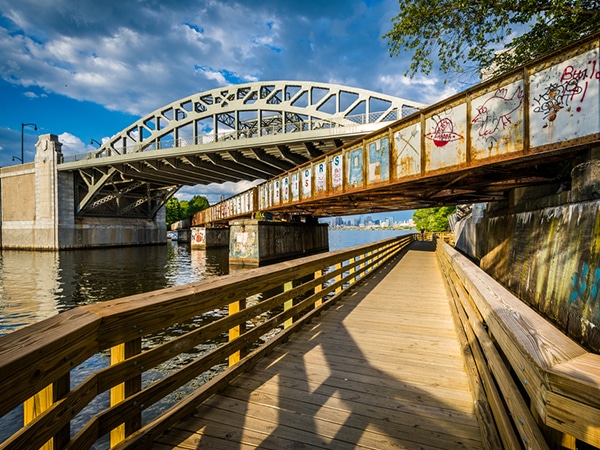
Charles River Walk
This Boston walking tour takes in one of the most scenic features in Boston - the Charles River. Walking alongside…

Harvard to MIT
This Boston walking tour takes you to adjacent Cambridge, famous for Harvard Business School, Harvard University and MIT. This is…
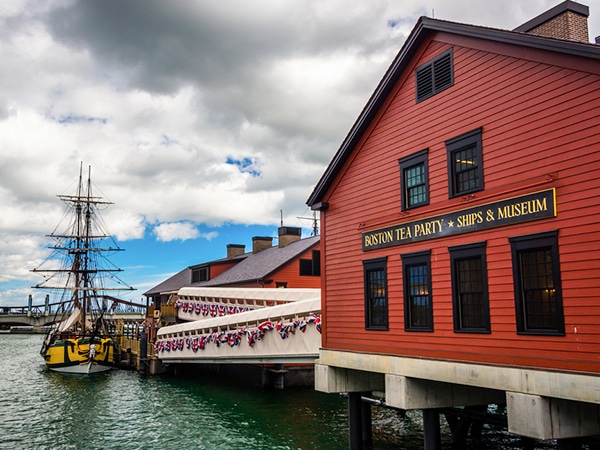
Financial District to Theatre District
This Boston walking tour will allow you to explore the waterfront and Boston’s Financial District. Don’t let the name confuse…
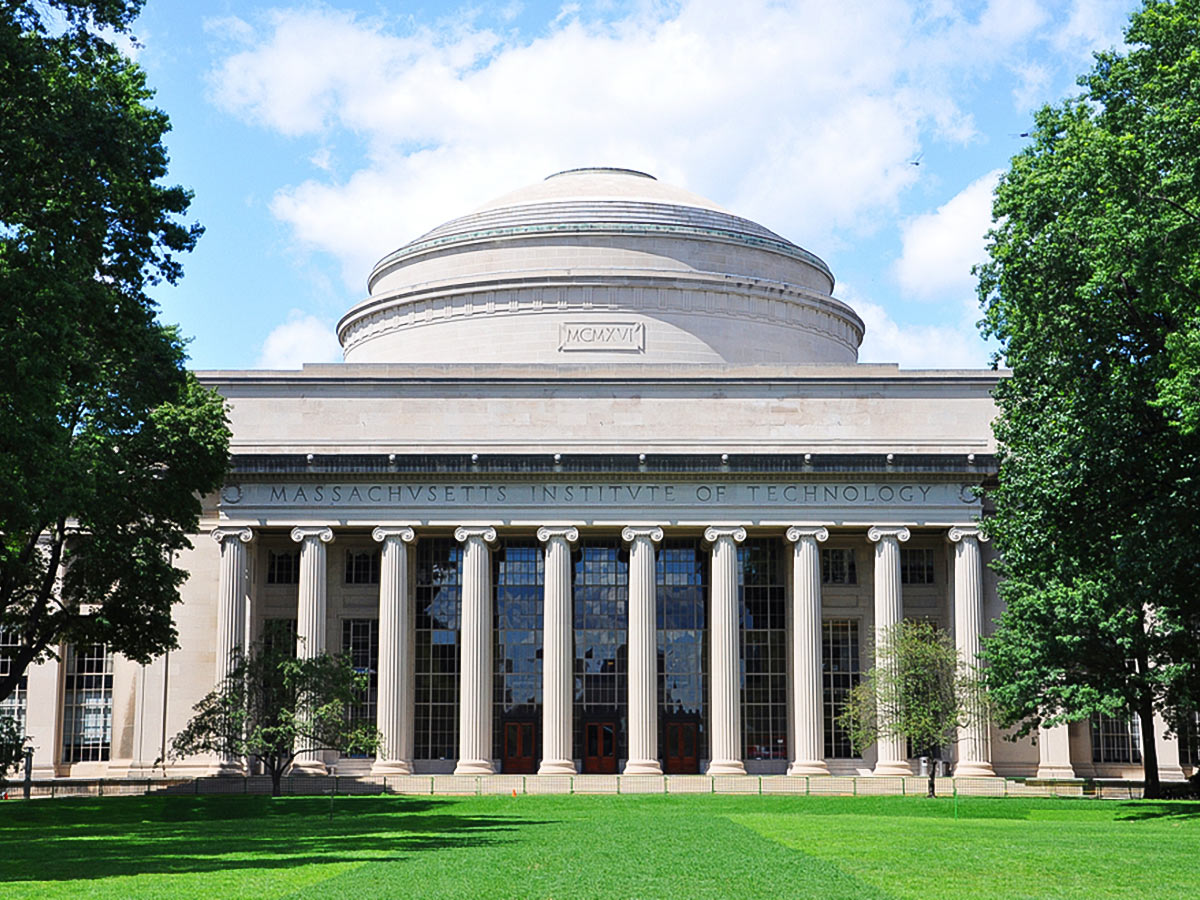


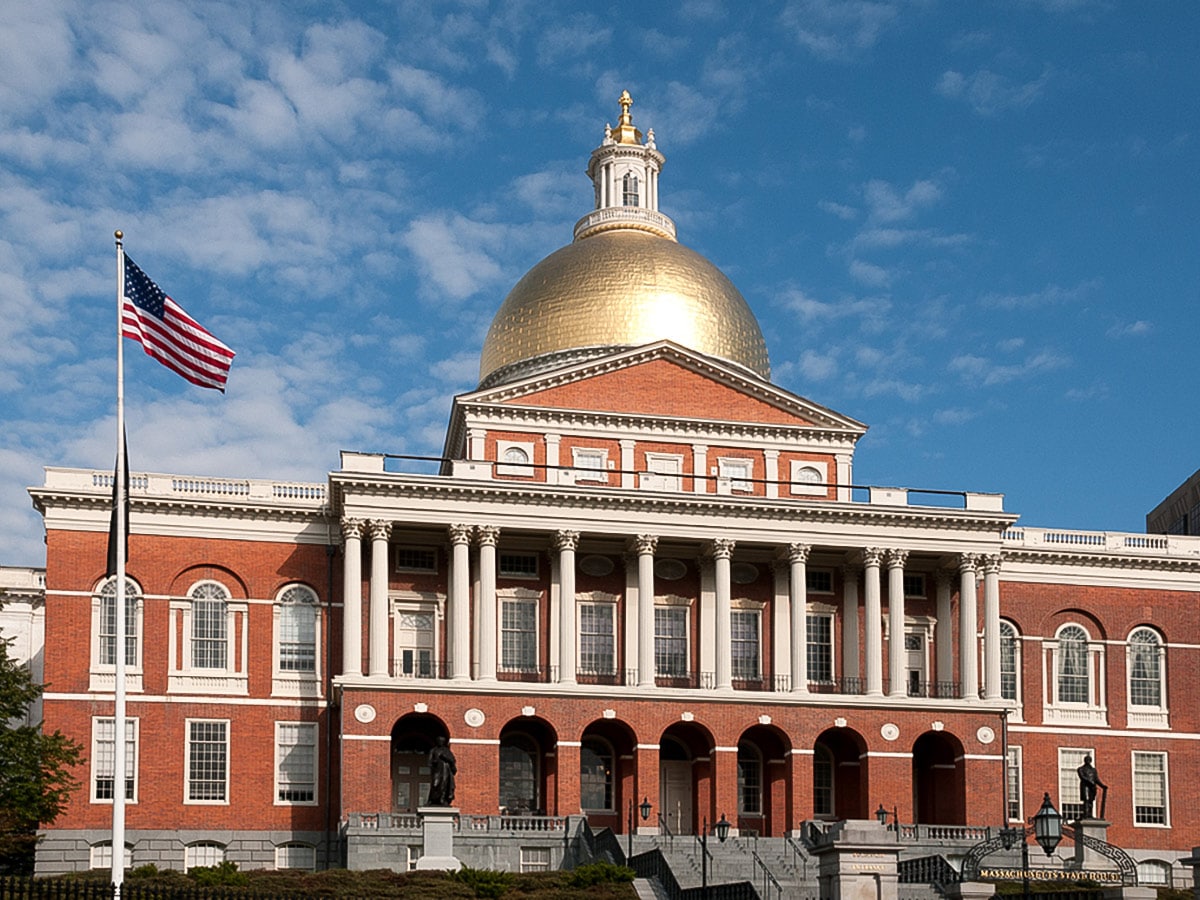

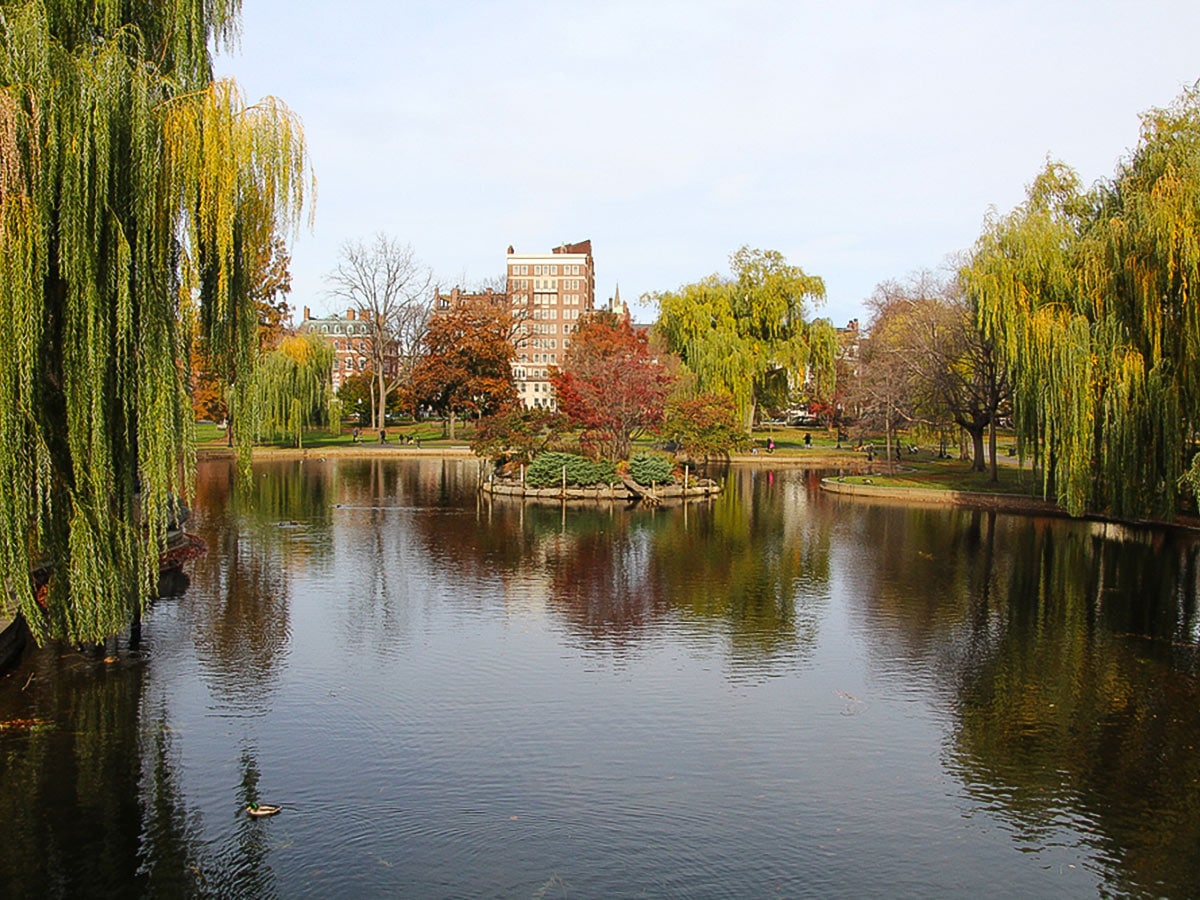




Miri K. 5 years ago
This area looks very lively with all those busy people passing around, minding their own business.
Kellyy Ferguson 5 years ago
Whenever I visit the Public Garden, I always enjoy the swan boats.We took some photos of the bronze statue, the history of Boston are truly amazing.
Joseph McArthur 6 years ago
Great site to visit and walk around the nice walkways and building. It is a great historic site for history lovers.
Whitney Penn 6 years ago
If you love historical architecture, this is a place to stroll. Beacon Hill is a must-see area. Definitely worth your time.
Eva Lorenz 6 years ago
One of the most beautiful walks through the residential streets on Beacon Hill. I’m so impressed by the beautiful structures.